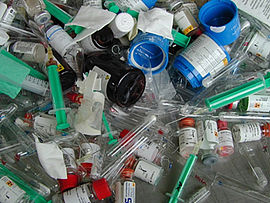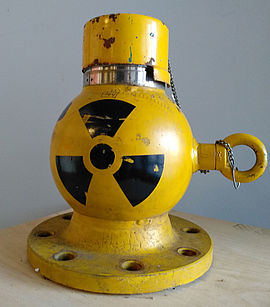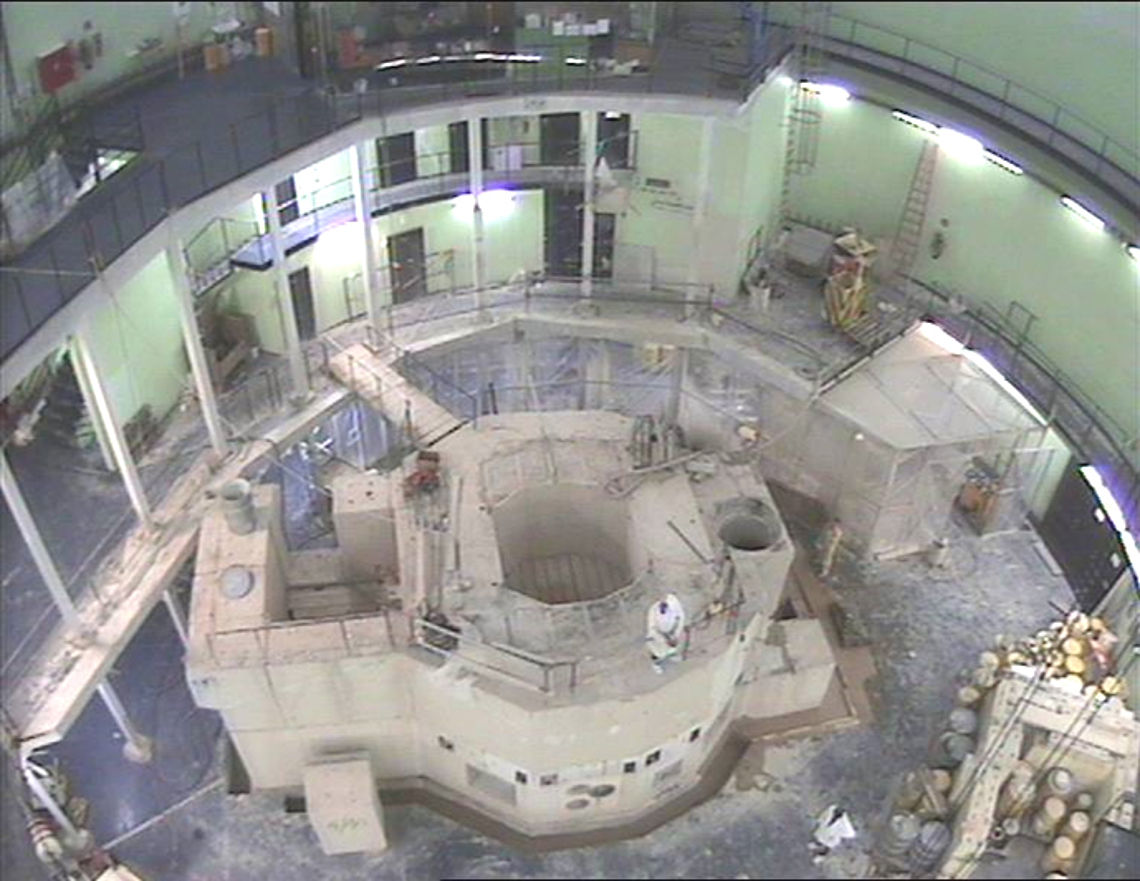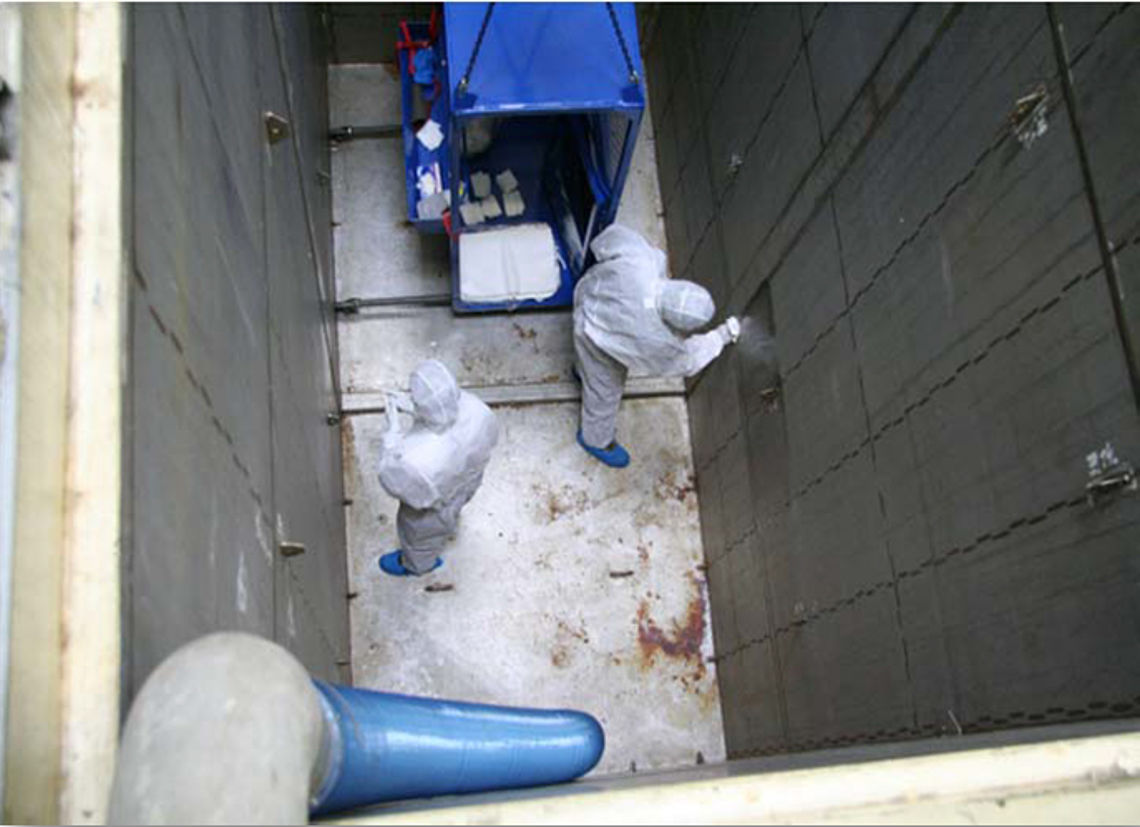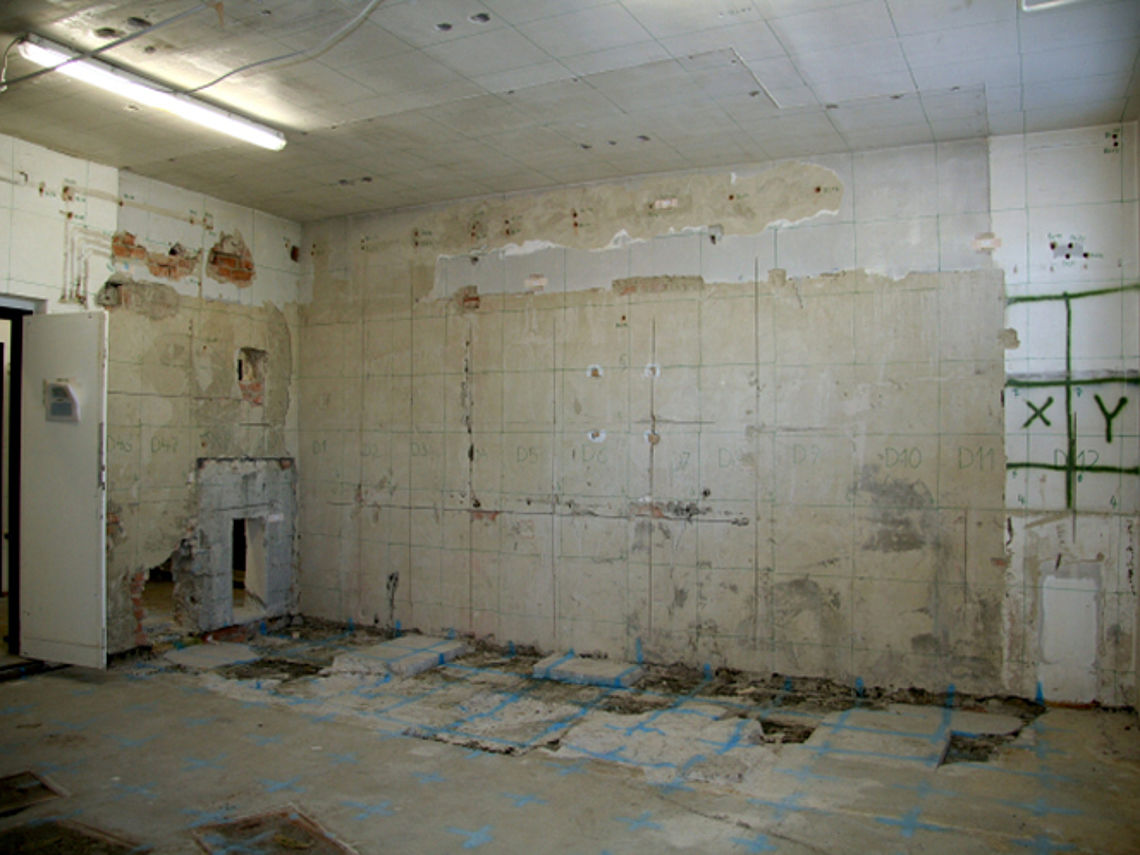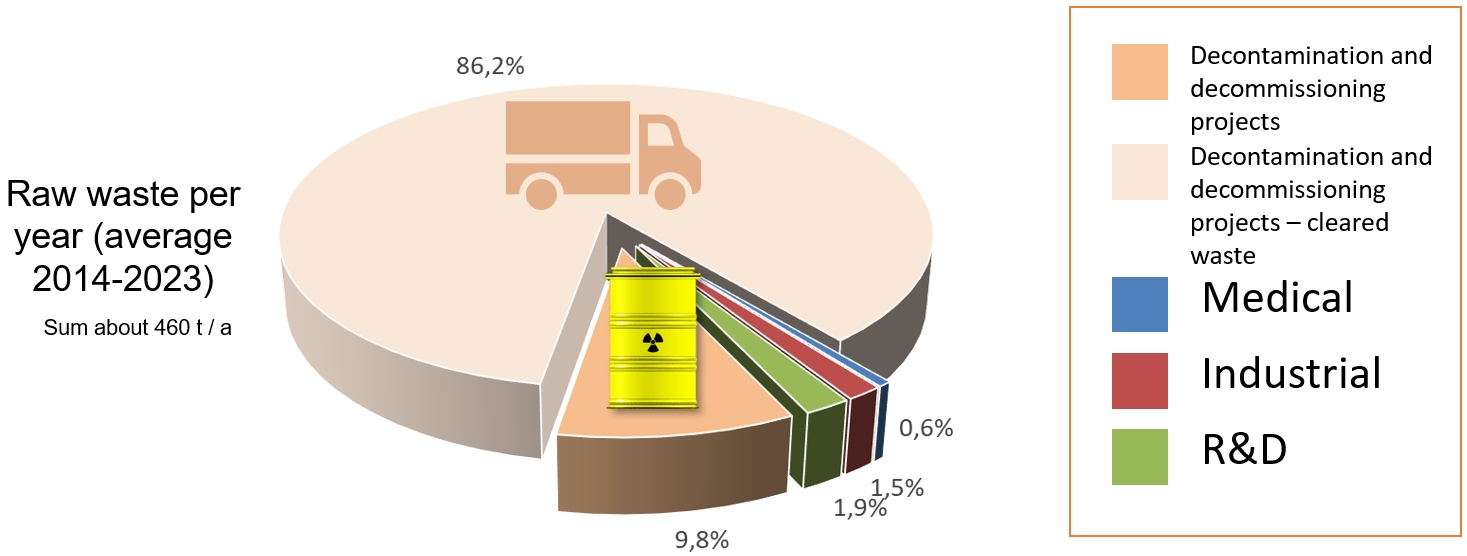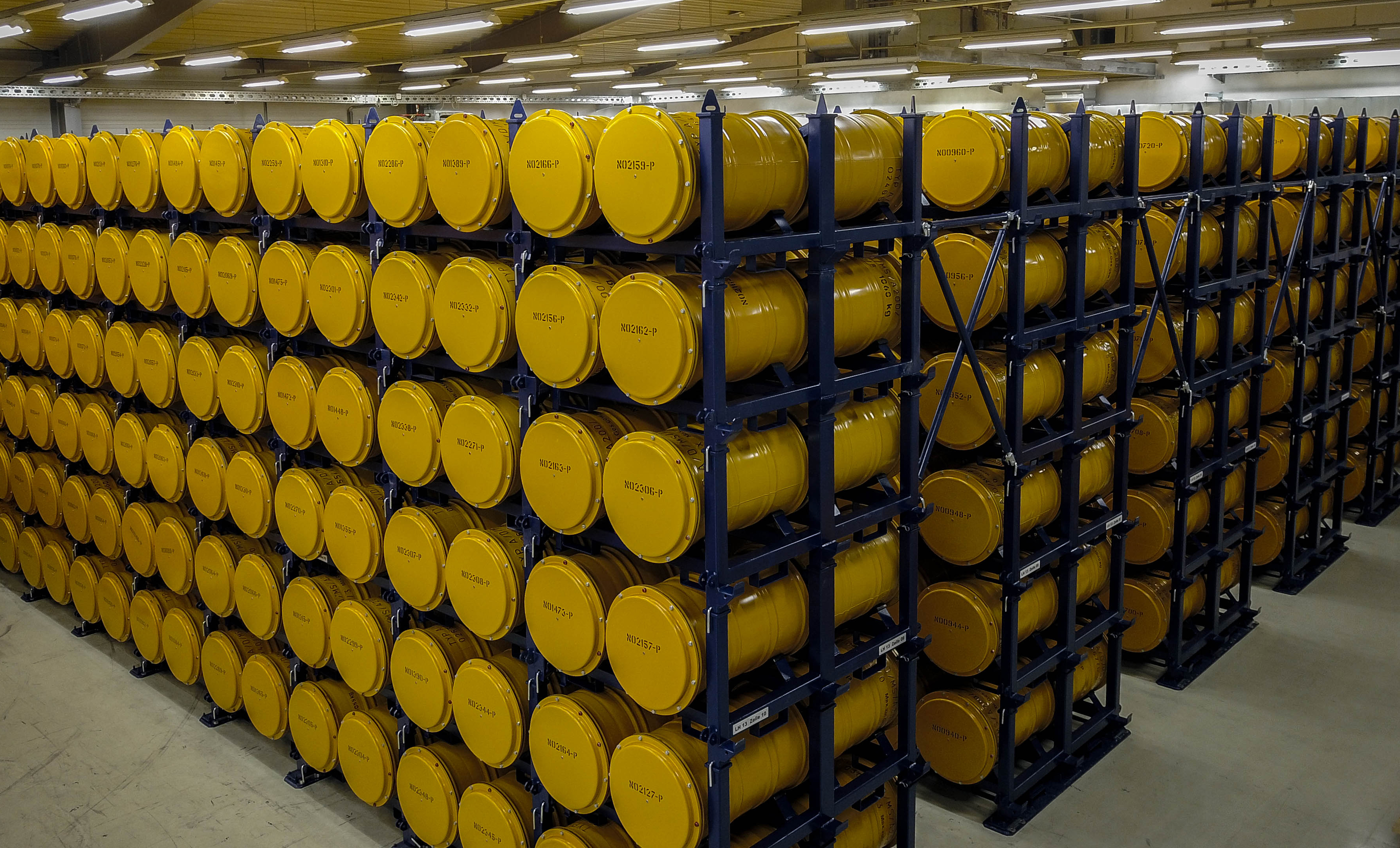In the referendum of 1978, the Austrian population decided against the use of nuclear energy for power generation. Consequently, neither the already completed Zwentendorf nuclear power plant was put into operation, nor were other major nuclear plants built.
Nonetheless, same as in any highly developed industrial country, radioactive waste still accumulates in Austria; it mainly originates from two waste streams:
- Medicine, industry and research
- Decommissioning (shutdown and dismantling) of old nuclear facilities
In contrast to high-level radioactive waste generated by the operation of nuclear power plants), these facilities only produce low-level and intermediate-level radioactive waste with relatively low ‘hazard potential’ and usually half-lives of no more than 30 years.
Waste from medicine, industry and research (institutional waste)
Radioactive substances are used in a variety of fields, and all these applications also produce radioactive waste (currently about 15-20 tonnes per year in Austria). The following are some examples of where waste originates:
Medicine:
- Medical diagnostics
- Laboratory testing
- Medical and pharmaceutical research
- Radiotherapy
This is mostly combustible material such as protective gloves, syringes, bandages, medical cutlery, sample material, vials, etc.
Industry:
- Radiation sources from safety-related measuring and control devices in industrial plants (e.g. measuring devices for filling systems, flow rate, etc.)
- Radiation sources for quality assurance (e.g. for irradiation and inspection of safety-related welds as in district heating pipes, etc.)
- Ionisation smoke detectors
- Waste from laboratory activities
Industrial waste consists of sealed radiation sources, non-combustible waste such as contaminated system components, but also combustible waste similar to that from the medical field.
Research:
-
Basic scientific research and applied research
- Medical, physical, chemical, biological research, ...
A large portion of the radioactive waste from research is flammable (same as in medicine: e.g. protective clothing, cleaning material, vials, chemicals, samples, etc.), but it also includes non-combustible waste such as contaminated equipment or system components.
Waste from decontamination, decommissioning and dismantling projects
For example, during the decommissioning and dismantling of nuclear research facilities, radioactive waste accumulates in the form of contaminated system components, laboratory equipment, rubble, etc. Extensive decommissioning projects are required at the Seibersdorf site, since intensive nuclear research activities took place there, predominantly in the 1960s to the 1980s. One example is the dismantling of the 10 MW research reactor ASTRA, which was completed in 2006.
The annual production of raw waste varies greatly. However, through appropriate decontamination processes the volume of residual radioactive waste can be significantly reduced at times. Decontaminated materials and objects can be returned to the conventional material cycle after clearance measurements and official release or can be sent for conventional disposal.
Examples of radioactive waste from decommissioning projects in Seibersdorf:
Besides the Seibersdorf location, radioactive waste is also generated as part of dismantling work and the elimination of (partly historical) contaminated sites.
Waste quantity
The following chart shows the radioactive waste of the years 2013 - 2022 separated according to the origins from medicine, industry and research as well as waste from the decommissioning of plants.
Radioactive waste of the years 2014-2023 by source groups
After the conditioning process (conversion to a chemically and physically stable form and containment in a container), an average of about 200 drums of radioactive waste are left over each year from each of the two mentioned waste streams, which are then transferred to the interim storage for longer-term interim storage.
Information on Radioactive Waste Management in Austria.
By the end of 2023, there were approximately 12,600 containers of radioactive waste (mostly 200 litre drums) at the Austrian interim storage facility in Seibersdorf.
Interim storage of conditioned radioactive waste

